- | 10:00 am
Could a trash-eating compost bin solve our organic waste problem?
Bob Hendrikx’s ‘living bin’ explores how sea anemones could digest our trash—no garbage truck required.
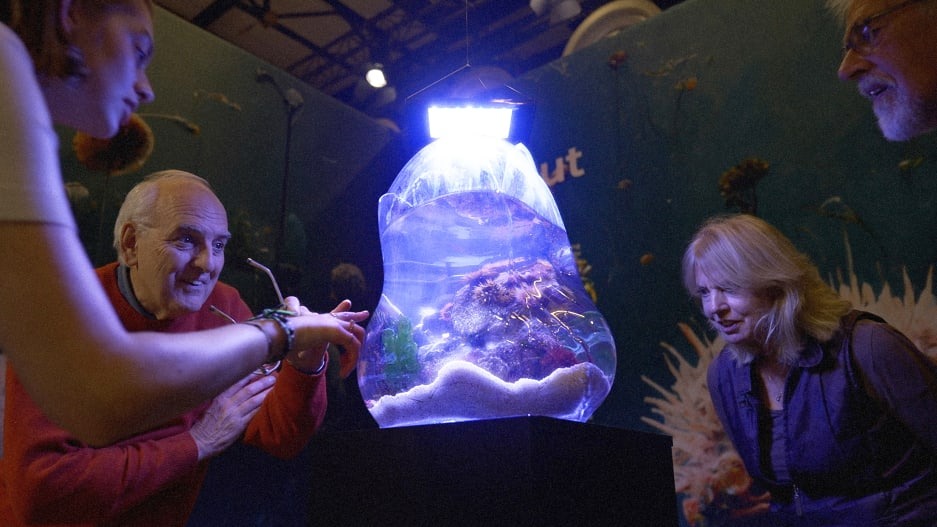
Trash disappears when you toss it in the bin. Except it doesn’t. Some of it might get composted, some might get recycled, but most of it will end up in a double-tied plastic bag, tossed into the mouth of a sanitation truck, driven outside the city, regurgitated into a transfer station, then trucked, ferried, or trained to its final destination where it will get buried or burned. This is the reality in most big cities today, but one designer has a bold vision for how trash could be liquidated in the future.

Bob Hendrikx, an architect and biodesigner based in the Netherlands, has developed a concept for a “living bin” inspired by sea anemones. Though they look like colorful flowers, some species of anemones are omnivorous marine animals that feed on plants and other small animals like fish, crab, and plankton. According to Hendrikx, our trash cans could work in a similar way.
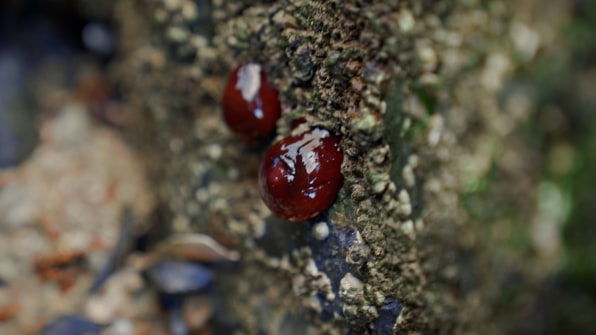
The concept was recently unveiled during Dutch Design Week in Eindhoven, where Hendrikx displayed a handblown glass prototype housing several Beadlet anemones. This type of anemone is known for eating almost anything it can catch, and crucially, it is found in the North Sea bordering the Netherlands. The proposal is highly experimental for now, but if science catches up, each region could tap into its own ecosystem to purge its own waste.
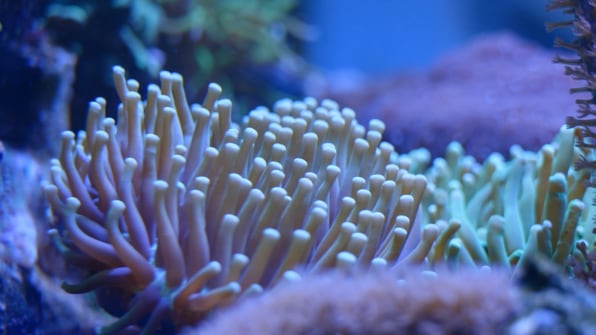
The living bin is the latest bio-inspired concept to come out of Hendrikx’s studio, which has produced a living coffin that uses mycelium mushrooms to help bodies decompose faster, and a living bench, which leverages the cleansing power of algae water to purify the air around it.
Deployed at a wide enough scale, the living bin is intriguing for several reasons. First, it could help cities reduce the number of garbage trucks that clog our streets, and the amount of fuel they belch in the process. (A recent study of Sydney’s organic waste distribution system, for example, found that the number of miles it takes city trucks to collect and dispose of organic trash in one year equals six times the distance between the Earth and the moon.)
A trash-eating bin could also revolutionize how we approach waste management by providing a nature-based alternative to practices like incineration or landfills, both of which release greenhouse gas emissions contributing to climate change.
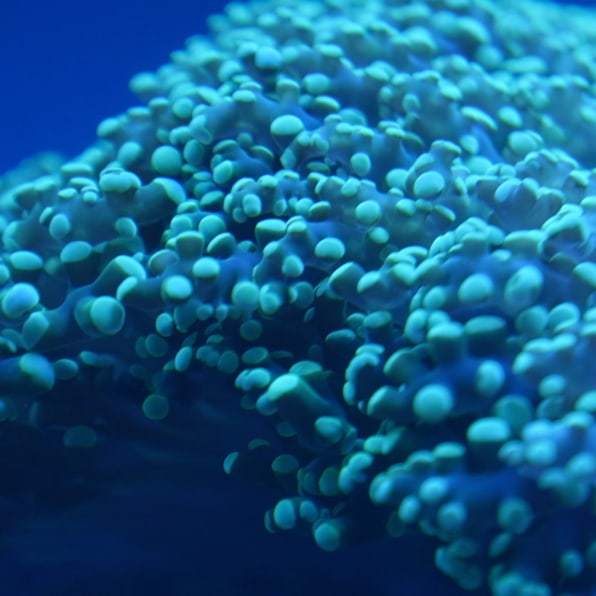
The underlying idea—that nature holds the answers to some of humanity’s biggest problems today—continues to gain traction. Already, scientists have found that certain types of bacteria can eat plastic; the same applies to mushrooms. Now Hendrikx believes that sea anemones, which feed only on organic waste, could hold the key to solving our organic waste problem.
In 2018 alone, Americans generated 63 million tons of food waste across commercial, institutional, and residential sectors; more than half of that was sent to landfill and just 4% was composted.
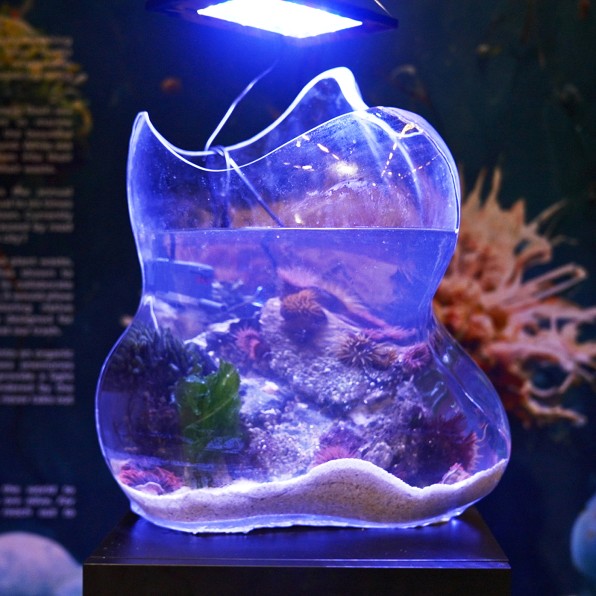
Hendrikx developed a prototype vessel a little bigger than a regular paper trash can. He says the prototype displayed at Dutch Design Week didn’t have any actual trash in it “because that would be too experimental,” but he did test it in his studio by feeding one anemone small chunks of fruit and watching it digest them over the course of eight hours. “They like bananas,” he says.
For the living bin to work, it would have to mimic a closed ecosystem, a bit like a self-sustaining aquarium with slow-moving water (a solar-powered battery could help with water flow). Though it’s still theoretical, the sea anemones would absorb organic waste and excrete their own organic waste that other species would feed on, “like a cleaning crew of organisms,” Hendrikx says. Most importantly, human waste would be processed naturally, and right there, inside the bin.
The concept needs years of research before it comes to fruition, and there are a host of technicalities to solve for, but Hendrikx envisions that eventually living bins could materialize at two different scales. The first would take the shape of a compost bin, like the kind you might keep on your counter or under your sink; the second could operate at a neighborhood level, in larger vessels like repurposed sea containers with window cutouts so people could see the process inside—or as Hendrikx puts it, “see the cycle of life.”
Who knew tossing your trash could become so poetic.





































